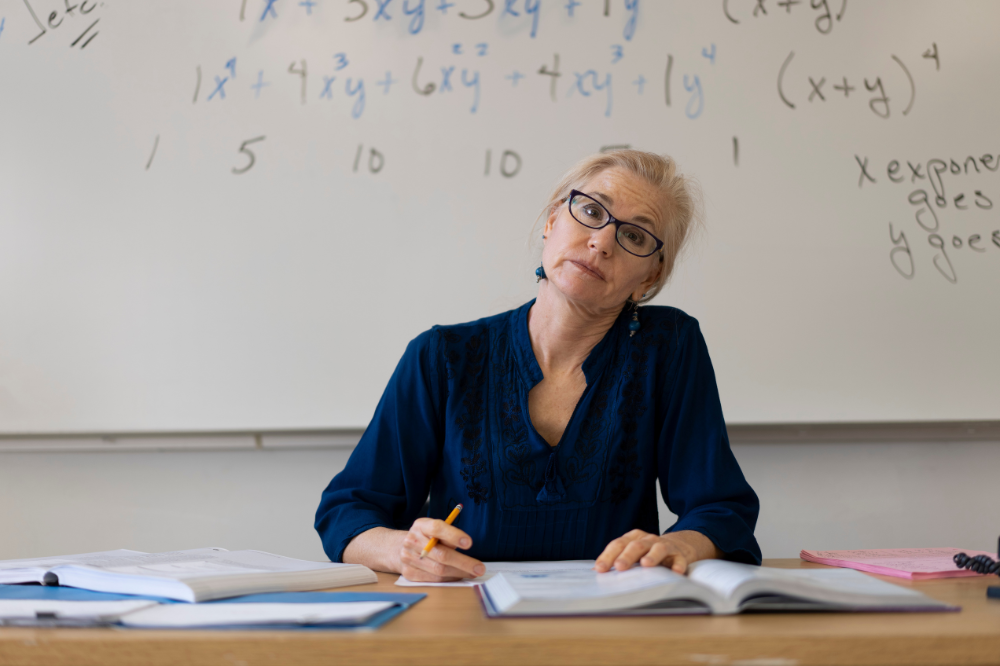
Earlier this month, AITSL released a study showing more than one third of Australia’s teachers and leaders are unsure if they will remain in the profession until retirement, with teachers working an average of 50 hours per week during the school term.
In comments published on MCERA’s Rapid Response newsletter, two experts said more effort is needed to increase teacher satisfaction to retain educators in the sector, such as reduced workload and administrative burden, as well as greater autonomy for teachers.
‘Little change’ in teachers’ working conditions
Associate Professor Joel Windle from the Centre for Research in Educational and Social Inclusion at the University of South Australia said teachers’ working conditions have changed little over the past five years, despite teacher shortages being at crisis point.
“Greater reform efforts are needed to attract, support and retain a high-quality teaching workforce,” Associate Professor Joel Windle said. “Teachers are most dissatisfied with tasks that are imposed from above and which appear to have little meaning beyond meeting administrative requirements.”
He added that the report shows that the time spent on administrative tasks has not decreased for most teachers.
“In fact, for some categories of teacher, time spent on administration has increased. More is needed to reduce this burden,” he said. “Teachers are uncertain about remaining in teaching for a variety of reasons, not all of which reflect negatively on the profession.”
Workload remains the primary push factor to leave, he said, adding that while this is an issue deserving attention, school systems also need to pay greater attention to loss of autonomy.
“Teachers enjoy face-to-face teaching and building positive relationships with students. Centralised mandates to follow a narrow set of teaching methods, often on the basis of a fragile evidence base, undermine teachers’ ability to be responsive to their own students,” he said.
“Ultimately, top-down recipes undermine and underestimate teacher professionalism.”
Associate Professor Windle said while teachers with ‘alternative registration to teach’ make up a small proportion of the workforce overall, they play an important role in hard-to-staff and remote schools.
“More in-depth investigation is needed of working conditions in different types of schools, which cannot be adequately captured by a survey.”
Teachers need more support
Dr Saul Karnovsky, an experienced pre-service teacher educator and early career researcher at Curtin University, pointed out that while AITSL’s workforce data is “an interesting snapshot of the teaching profession”, it only represents less than 10% of teachers’ experiences and does not include the most current conditions faced by teachers in 2024-2025 in “a national crisis of teacher attrition.”
“The data does show that teachers work more hours than the general population – although this shows some decline, many teachers are still reporting that their intention to leave the profession is driven by poor work-life balance [69%] and workload pressures [75%],” Dr Karnovsky said.
“These findings correlate to research by the Black Dog Institute that shows Australian teachers are two-to-six times more stressed, anxious, and depressed than other working Australians.”
Although some measures are in place to reduce teacher workload, such as using generative AI to create lesson plans, Dr Karnovsky said this will not provide tangible support for teachers who deal with mounting levels of administration and accountability requirements.
“It is also concerning that poor parent behaviour is on the rise and linked to teachers’ intentions to remain in the profession,” he said.
One finding of the report that Dr Karnovsky does agree with is the conclusions that more support is needed for teachers who are struggling with unsustainable workloads and problematic behaviours.
“Policy makers in education systems across Australia must find tangible and meaningful ways to support teacher’s workload and provide mechanisms and personnel to deal with increasing administration and challenges connected to student and parent behaviour.”
Australian Teacher Workforce Survey opens in August
AITSL CEO Tim Bullard acknowledged that while data shows encouraging signs – such as improved job stability and a return of early-career teachers – continued support is needed.
“Priorities include strengthening teacher wellbeing, supporting sustainable workloads, and creating clear pathways for leadership development,” Bullard told The Educator.
“This is why we ask the profession each year to complete the Australian Teacher Workforce Survey, which opens in August. It’s an opportunity for teachers and leaders to share their experiences.”
Bullard said the insights of Australia’s teaching workforce “shape national policy, strengthen workforce planning, and guide reforms that aim to improve teaching conditions.”
“Ultimately, this helps create the environments where teachers can thrive and where all children and young people are better supported in their learning journey.”

